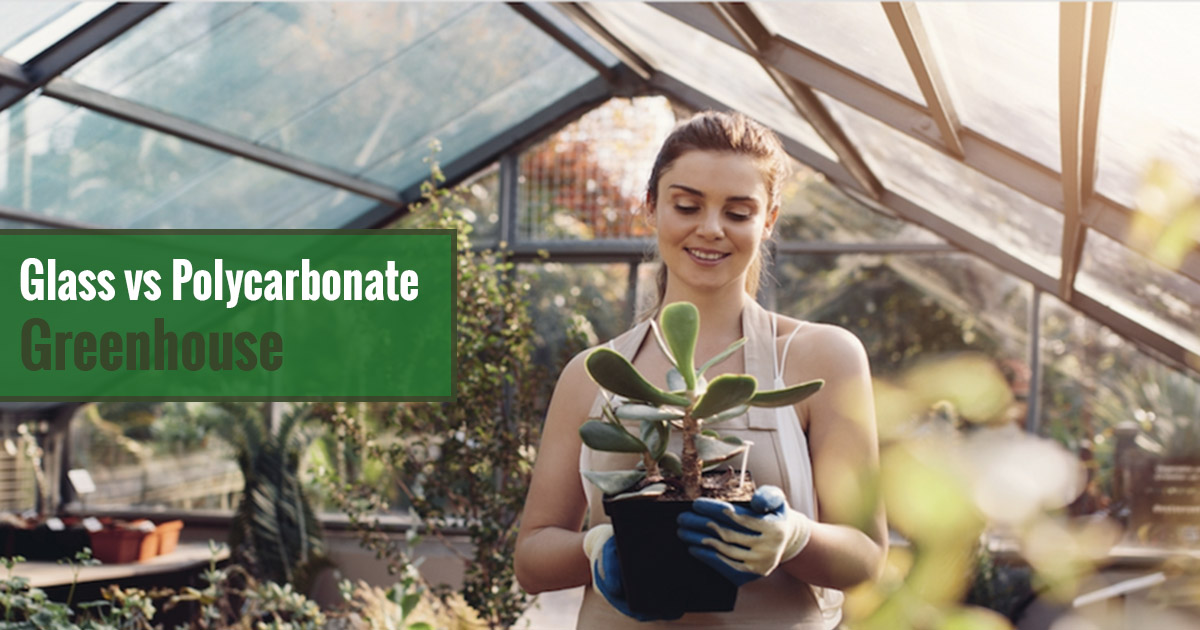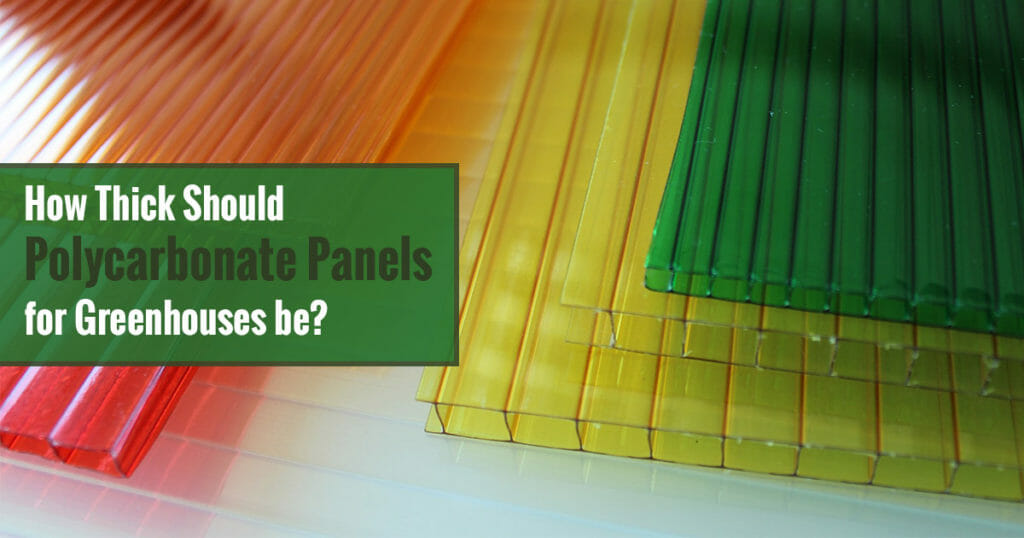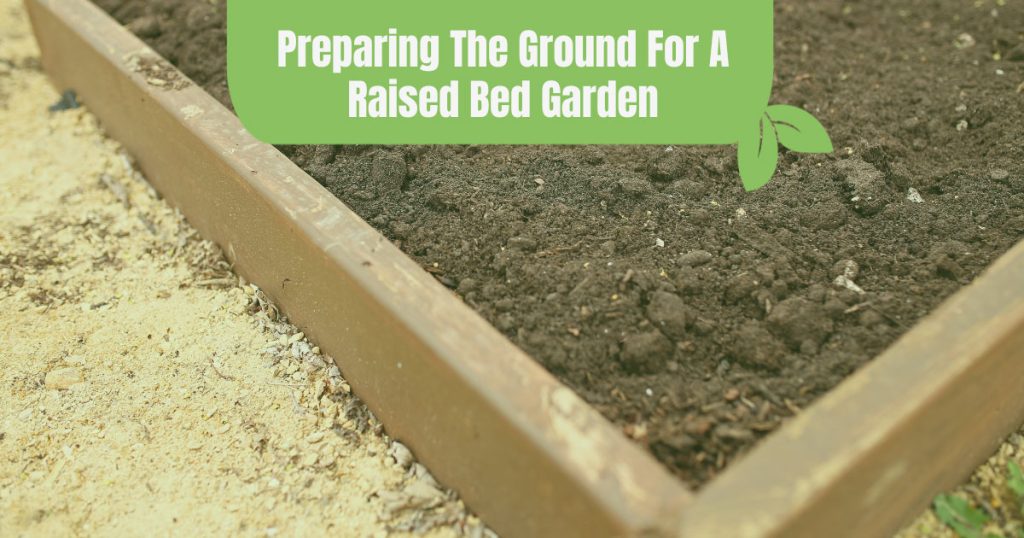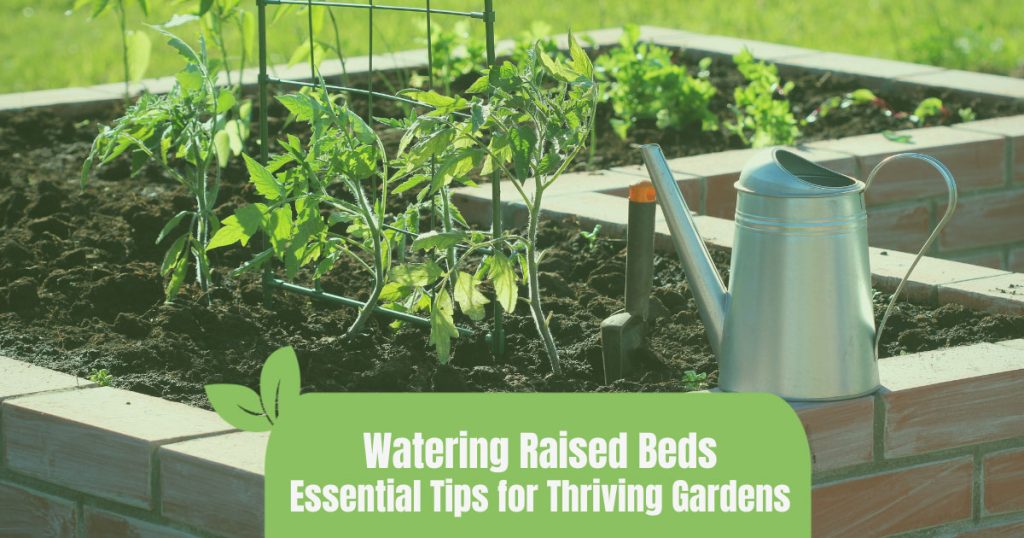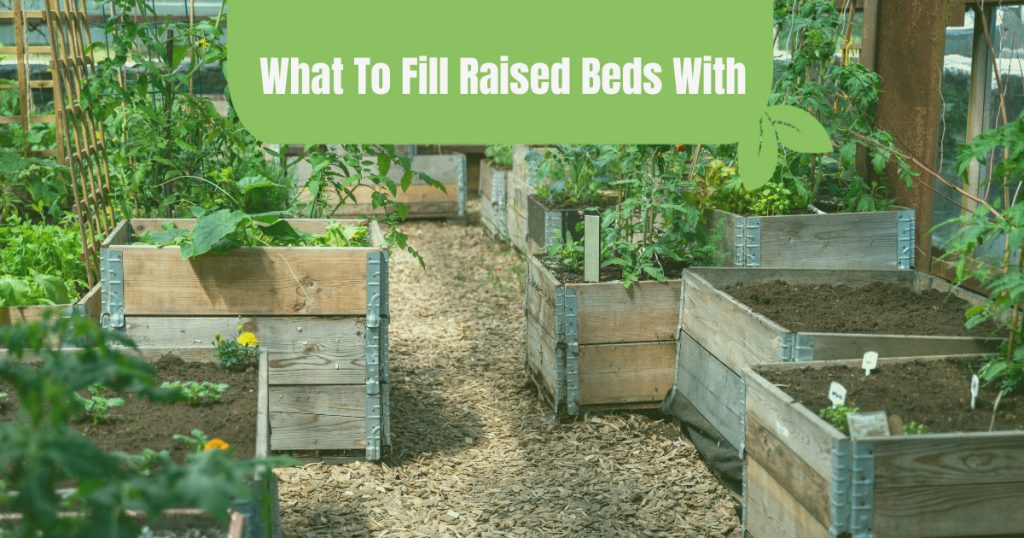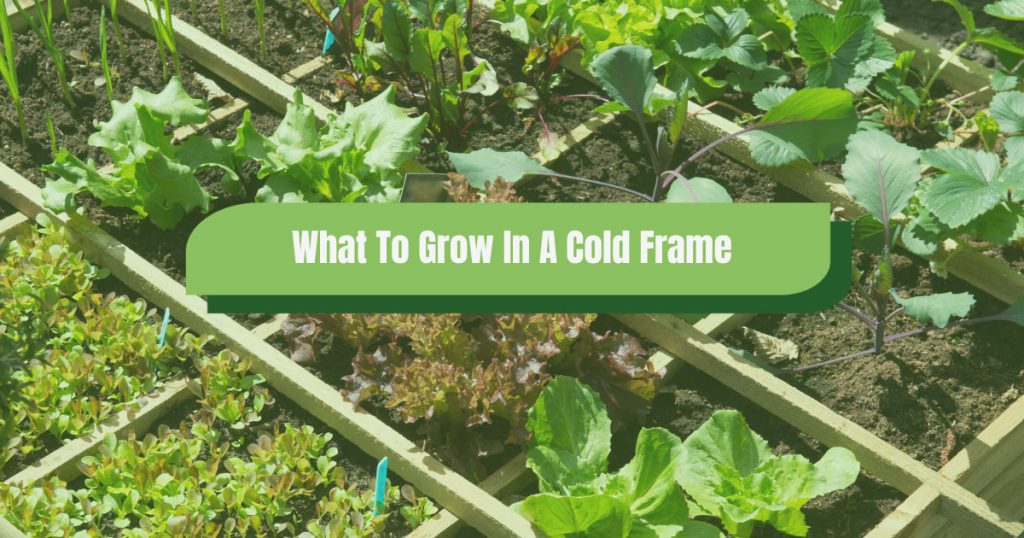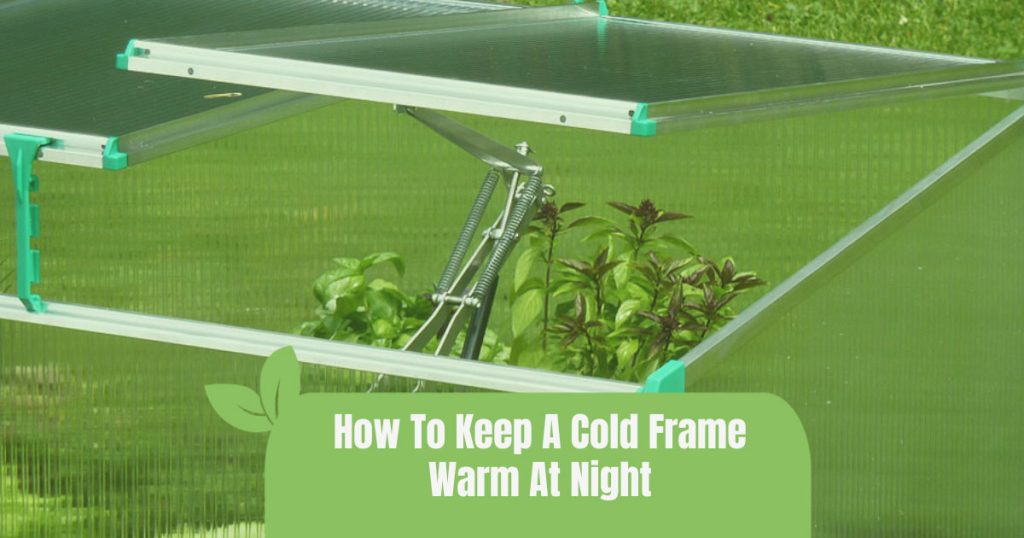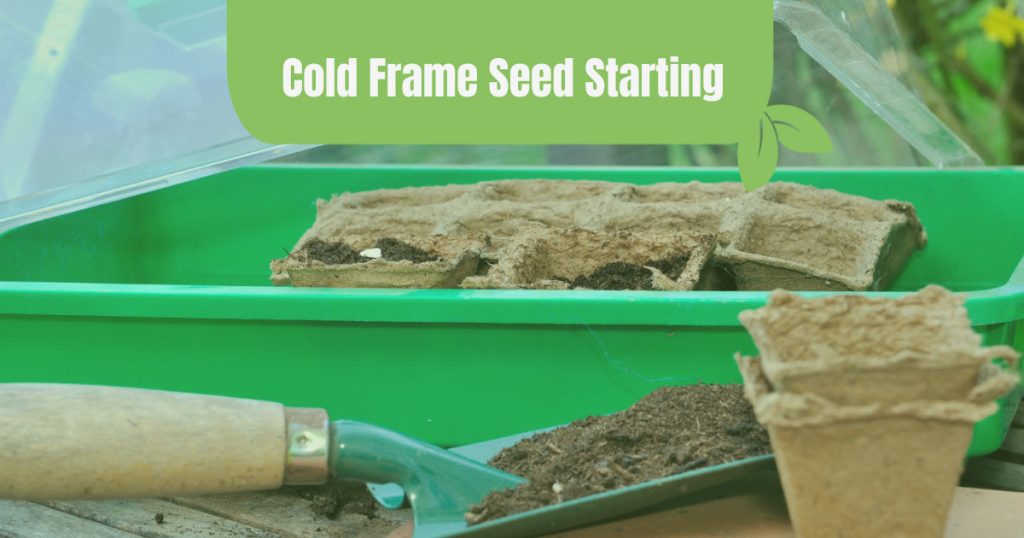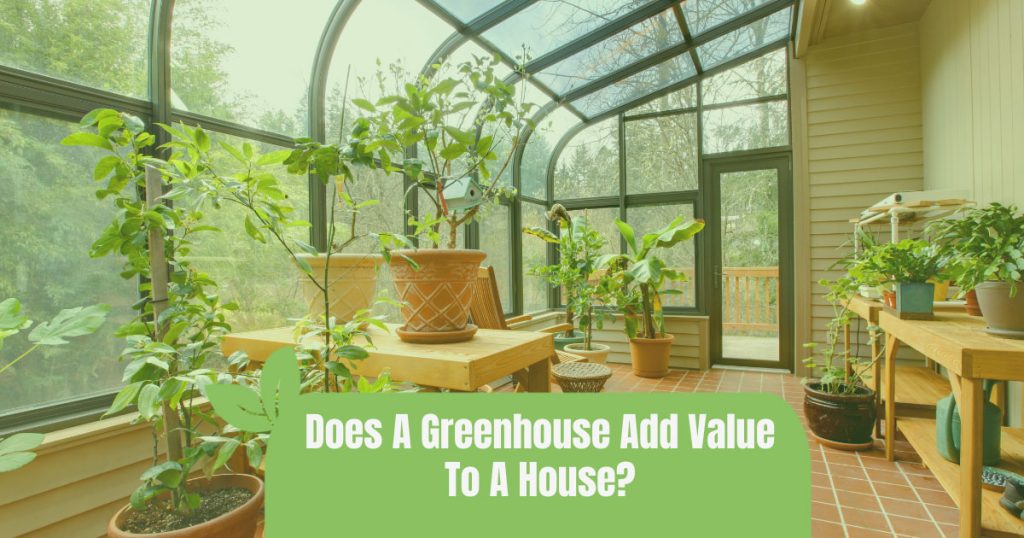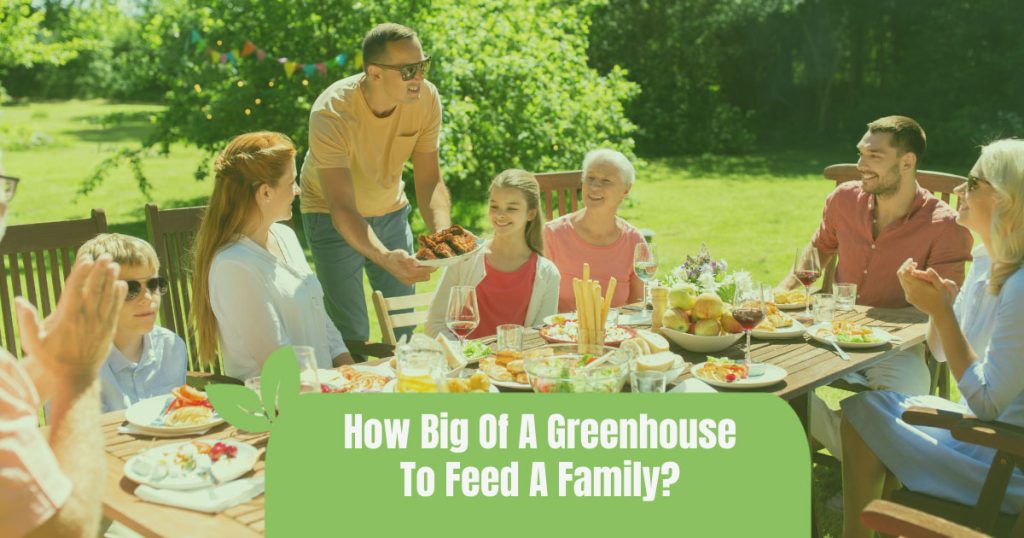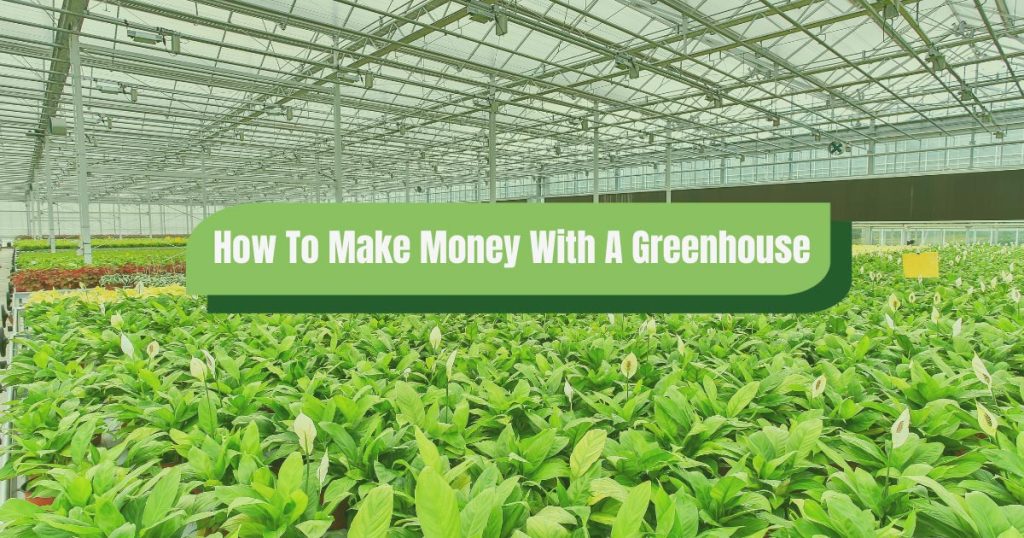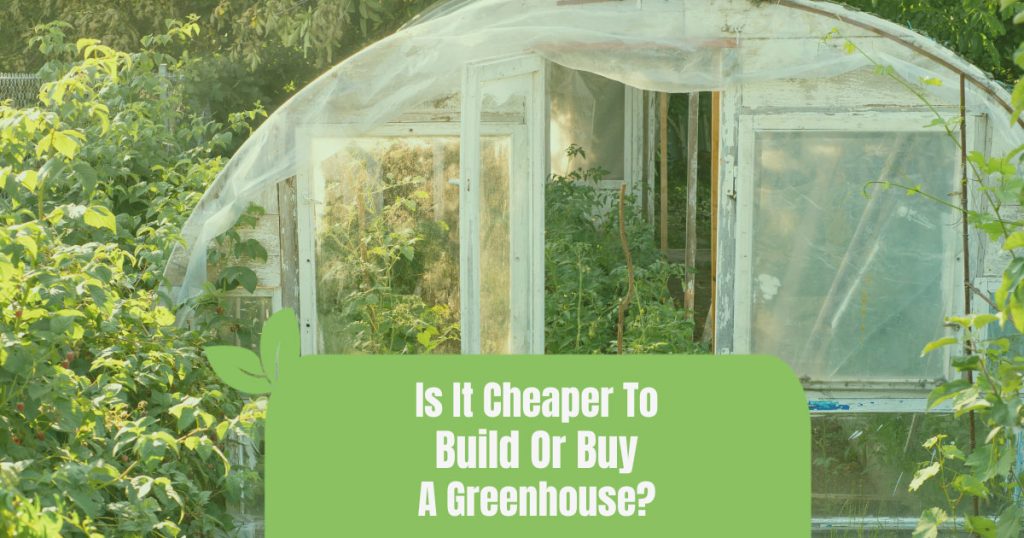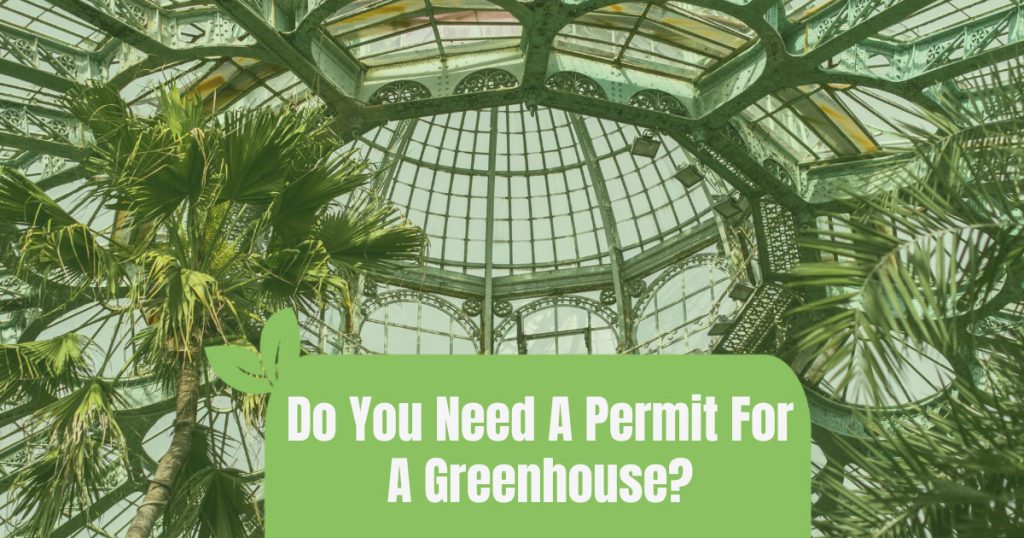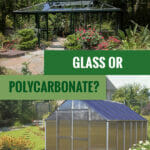
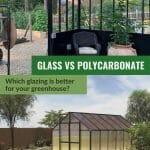


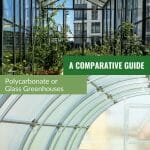
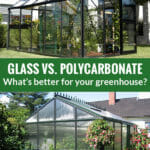
If you’re considering getting your first greenhouse or building one yourself, one of the biggest decisions you have to make is in regards to the type of glazing. Two of the most common greenhouse glazing materials are glass and polycarbonate. Both materials offer many benefits, but which is the best greenhouse material?
Traditional greenhouses were made with glass, but advancements in technology have resulted in many more options, including polycarbonate. While the crystal-clear appearance of glass is beautiful and allows for maximum light transmission, polycarbonate glazing offers better light diffusion and insulation. Ultimately, which glazing is best comes down to your personal preferences, local climate, and gardening needs.
Since one of the main reasons for getting a greenhouse is to enable you to extend the growing season, you want a glazing that will do just that while lasting for many years. To help you determine whether glass of polycarbonate is better for you, we’ve compiled the pros and cons of each type of glazing in this article.
Glass glazing for greenhouses
Many gardeners choose glass as their preferred greenhouse glazing because they love the look of a traditional glass greenhouse. In addition to its aesthetic appeal, glass offers the highest amount of light penetration. With so much direct light, plants grown in a glass greenhouse are sure to thrive. Or are they? Let’s take a closer look at the pros & cons of this glazing:
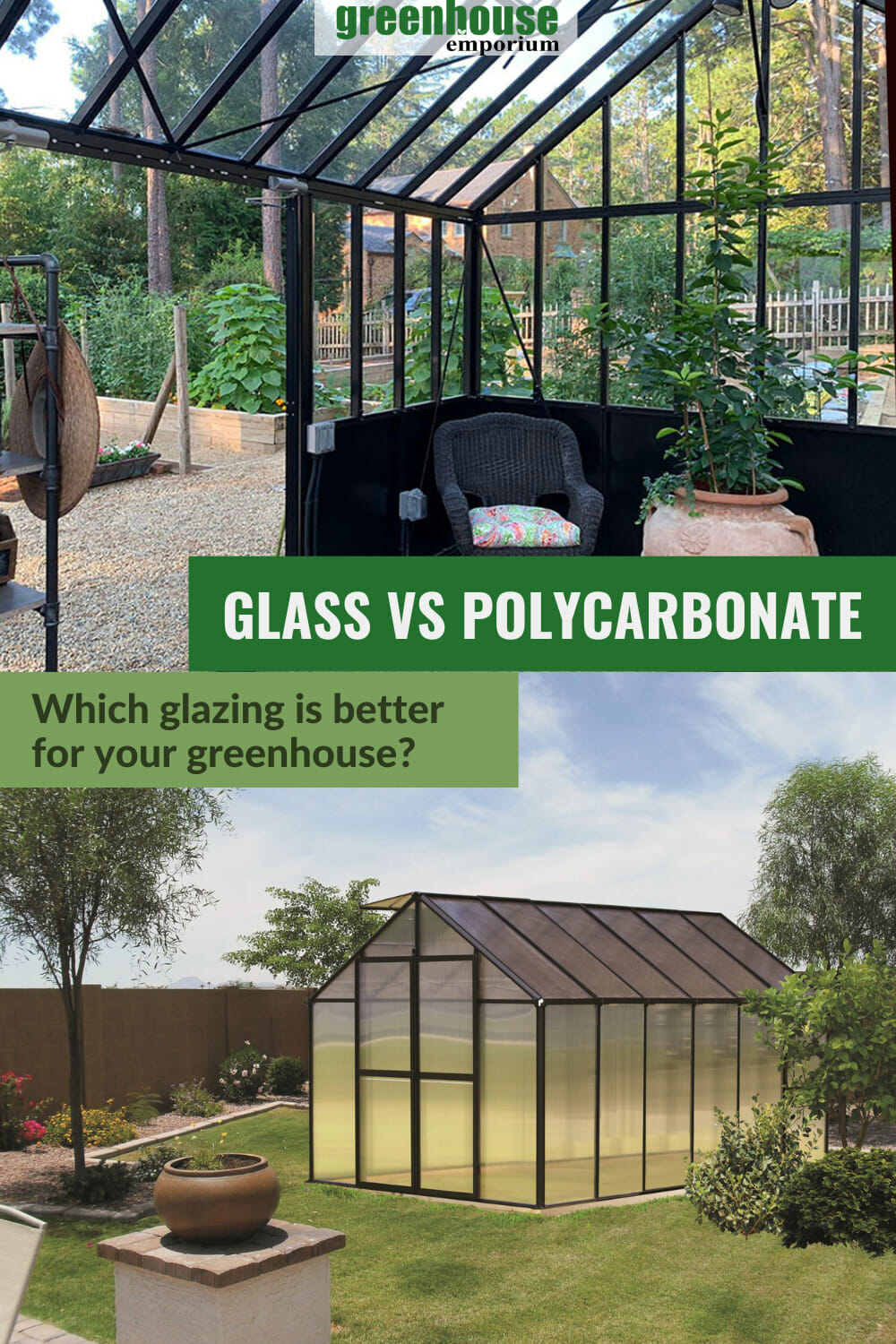
Pros – why glass is a good choice:
- Crystal-clear appearance: You can see through glass clearly, which enhances the appearance of a greenhouse and gives it that “traditional” look.
- High light transmission: Glass allows in the maximum amount of natural light for plants.
- No fading or discoloration: While other covering materials may fade or become opaque over time, glass retains its clarity for years to come. While it may fog up or accumulate debris, it’s easy to clean, thereby allowing it to maintain its appearance and ability to transmit light.
- Durable: Glass is a long-lasting material that doesn’t break down over time, though it may shatter if it gets hit directly.
- Flame-resistant: It’s safe to have a barbecue or fire pit near your glass greenhouse.
- Natural resource: Glass is a natural and renewable resource.
- Easily up-cycled: If you want to build your own greenhouse, you can salvage old windows or doors, usually at a steep discount.
- Easy to replace: You can order or purchase glass panes locally, making it easy to replace broken panels.
Cons – why glass might not be a good choice:
- No heat protection or diffusion: The clarity of glass is lovely, but it doesn’t provide protection from the sun. While this can be a great benefit in colder climates, it may be the death of your plants if you live in the desert, unless you install shade cloths inside or outside your greenhouse.
- Higher heating/cooling costs: Since glass doesn’t offer much insulation, you may have to supplement with heating or cooling to maintain a steady climate.
- Higher price for greenhouse kits: Ready-made glass greenhouses are not cheap, as the greenhouse frame has to be sturdy and the manufacturer has to take special precautions when it comes to shipping/delivery.
- Danger of breaking glass: Although high-quality greenhouse glass panels will not break easily, a fallen tree branch or errant pebble could result in broken glass. Although more expensive, you could consider tempered or safety glass, which doesn’t break into shards but rather lots of little pieces.
- Tricky to set-up: Glass greenhouses are not so easy to set up. You need a level surface (preferably a concrete slab) in order to prevent your glass cracking over time. This is important to keep in mind if you’re hoping to build your own greenhouse from scratch. Learn more about building greenhouse foundations here!
- Heavier material: Glass is cumbersome to transport and work with, especially when working with large panes.
- Minimum insulation: Single pane glass does not provide much insulation, and while double pane glass is better in this regard, it is also quite expensive.
- Maintenance: In order to maintain the beautiful and clear appearance of glass, you have to clean it frequently, particularly if you have hard water.
Polycarbonate glazing for greenhouses
Polycarbonate glazing is a premium choice for almost any type of greenhouse. It can withstand harsh weather conditions, it’s durable, and offers superior insulation. We discuss the pros and cons of polycarbonate in greater detail below:
Pros – why polycarbonate is a good choice:
- Sturdiness: Although polycarbonate has both rigid and flexible grades, the flexible plastic doesn’t easily crack under stress.
- Light diffusion: Polycarbonate glazing diffuses light, thereby resulting in more even light distribution to all plants. There are special polycarbonate panels (e.g. Solexx) that have extra light-diffusing features for optimum plant growth.
- UV protection: Because polycarbonate is not fully transparent, it protects plants from harsh UV exposure, which is particularly notable if you’re growing sensitive or young plants, or if you live in a particularly bright climate.
- Better insulation: Polycarbonate has the ability to retain heat better than glass. Multi-wall polycarbonate has air pockets in between that retain heat, resulting in a more stable inner climate.
- Lightweight: Polycarbonate is lightweight and easy to work with.
- Durability: Polycarbonate greenhouses are durable and weather resistant, able to withstand even extreme weather conditions such as heavy snow or rain.
- Low maintenance: Since a crystal-clear appearance isn’t necessary, you only need to clean a polycarbonate greenhouse once or twice a year.
- Flame-resistant: It is safe to have a barbecue or fire pit near your glass greenhouse.
Cons – why Polycarbonate might not be a good choice:
- Appearance: You cannot see right through polycarbonate, so it doesn’t give you the classic greenhouse look.
- Prone to scratching: It’s not advisable to use chemical solutions or scrubs to clean polycarbonate glazing, as it scratches easily and can’t be polished. Prevent scratches by using gentle cleaning solutions and clean cloths.
- Condensation: Multi-wall polycarbonate can accumulate moisture between the layers, which could result in algae. While it’s difficult to get rid of condensation in the layers, you can prevent it by tightly installing the panels and adding caulking to seal the gaps.
- Dust accumulation: If not installed properly, polycarbonate panels may accumulate dust over time. You can’t clean dust between the layers, and it may affect light transmission over time. Therefore, it’s best to prevent this by ensuring a snug and sealed fit.
- Not a natural resource: Polycarbonates are a group of thermoplastic polymers that are chemically produced. Like other plastics, they are difficult to recycle and can’t be easily up-cycled.
- Hard to replace: While the initial cost of polycarbonate greenhouse kits is less than that of glass greenhouse kits, it can be costly and difficult to replace broken or damaged panels. You typically have to contact the manufacturer of your greenhouse directly for replacement panels.
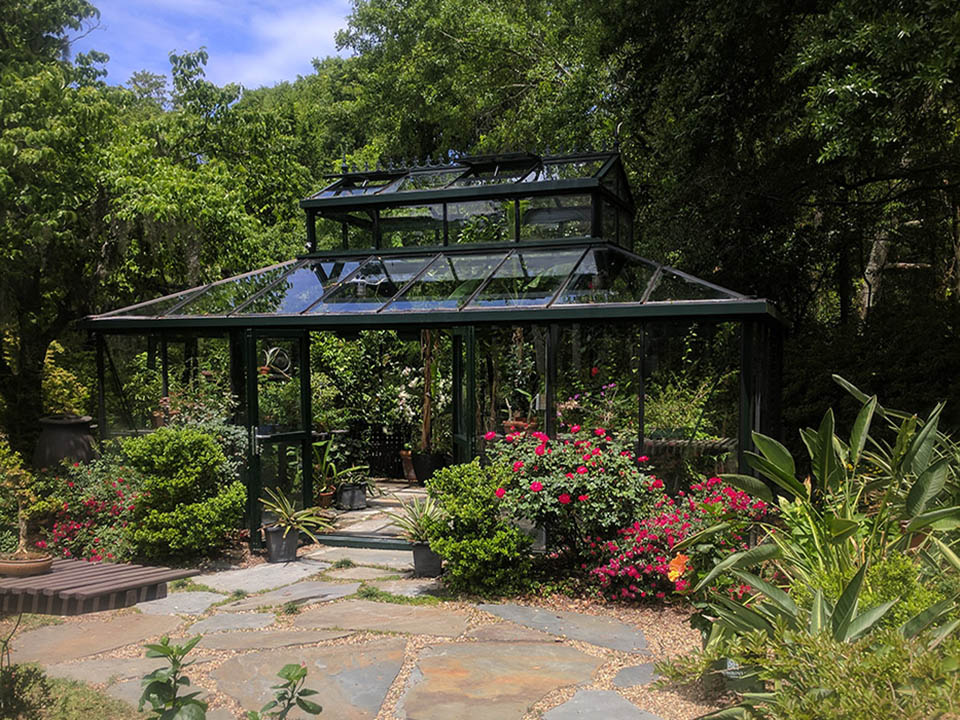
Now, let’s compare the key features of the two glazing materials
Here, we’ll compare the key features of both types of glazing to help you make your final decision.
Light distribution
Glass is clear so it lets in a lot more direct light, while polycarbonate diffuses the light that it lets in. Notably, research shows that plants actually use diffuse light “more efficiently than direct light.” That’s because diffuse light is able to penetrate deeper into the plant canopy, leading to increased photosynthesis and thus faster growth.
Plus, direct light can scorch sensitive plants, including seedlings, whereas diffuse light tends to be more gentle.
Insulation and heat retention
Hobby greenhouses are so popular because they allow gardeners to extend the growing season, or even grow year-round. However, if the glazing material doesn’t retain heat, then a greenhouse is as good as useless. While glass retains some heat, it doesn’t do so for long. That makes glass a poor choice if you’re hoping to grow during the colder months.
On the other hand, most polycarbonate greenhouse glazing products are made of twin wall material, where two sheets of film are put together with space in between. This internal buffer makes twin wall Polycarbonate much better at insulating than glass.
However, both glass and traditional polycarbonate are outperformed by Solexx, which has superior heat retention and is readily available for purchase here at Greenhouse Emporium. So, if heat retention is a major concern then look no further; we offer several kits featuring the Solexx covering.
If Solexx is not the style you are looking for, check out Riga greenhouses; they make perfect winter greenhouses.
Durability
Glass is breakable, of course, but polycarbonate panels are at risk of scratching and tearing. Also, polycarbonate should be treated with UV protectant to prevent it from yellowing and breaking down over time. Nowadays, most store-bought panels already have this, but you may need to reapply the coating after several years of use.
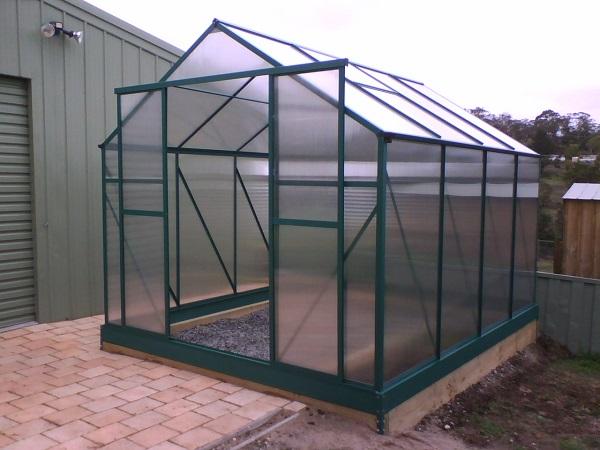
Glass panels don’t need any kind of UV protection. Therefore, they could last forever – as long as they aren’t broken. Most polycarbonate panels, on the other hand, are made to last no more than ten years. Generally, the product’s warranty period is a good indication of how long you should expect it to hold up.
In terms of replacing individual panels in the case of breakage, it’s easier to do so with glass panes than with polycarbonate panels, as glass tends to be locally available whereas polycarbonate has to be sourced from the manufacturer. If you buy a greenhouse kit, check to see if the manufacturer readily offers replacement parts.
Maintenance
Most polycarbonate panels require little maintenance, whereas glass may need to be cleaned on a regular basis to maintain its appearance.
Also, glass panels tend to “sweat” in colder weather. And since they let in more direct light, you might need to have some sort of shading system and will need to be more diligent about airflow in case it gets too hot.
Installation
Neither material is overly easy or difficult to install. Polycarbonate can be installed in larger sections, but it needs to be handled properly to prevent damage to the sheet (especially the edges and corners). It also needs to be sealed properly along any edge that has been cut, or else moisture, mold, and bugs can get into the void between sheets.
The difficulty with glass installation comes in the framing and finishing, but if you purchase a kit instead of trying to use reclaimed glass and windows, then the guesswork is removed from the equation.
Glass is more fragile than polycarbonate and it is most certainly heavier. Handling larger glass panes may therefore be more difficult.
Cost
The cost of glass and polycarbonate sheets for a greenhouse can vary based on the source and quality of the material. The resourceful builder can save a good deal of money by building their own greenhouse from reclaimed glass panels, but as previously mentioned, this can be difficult and requires some skill.

There are plenty of cheap polycarbonate options on the market, but these tend to not last very long nor perform well. Since the covering is the main provider of heat and light transmission for your greenhouse, we strongly recommend investing in a quality product that will last for many years. In fact, while it may seem like a good idea to buy a cheap kit at first, you’ll likely have to replace it after just a few years of use, which may add up to more than if you had invested in a quality greenhouse to begin with.
Glass vs Polycarbonate – Which is the best option?
Greenhouse design is a personal journey, and ultimately, whether you go with glass or polycarbonate glazing is up to you. Hopefully, you’re able to use the pros and cons discussed in this article to make an informed decision that works best for your needs.
For example, if you have access to cheap, quality glass, then the argument of polycarbonate vs. glass may very well be moot. Both materials are good enough to make a nice greenhouse with, so free or deeply discounted material of decent quality is a major plus.
For the beginner grower, polycarbonate may be the better choice. It results in good lighting and heat retention, and tends to be less expensive upfront (especially if you’re buying a kit).
If you decide to go with polycarbonate, it’s important to buy quality material that will last for more than a few years so you’re not having to redo your greenhouse every few years. In fact, high-quality glazing is the type of thing that you should invest in so you have many years of use.
At Greenhouse Emporium, we offer plenty of long-lasting greenhouse kits. Here are some brands worth looking at:
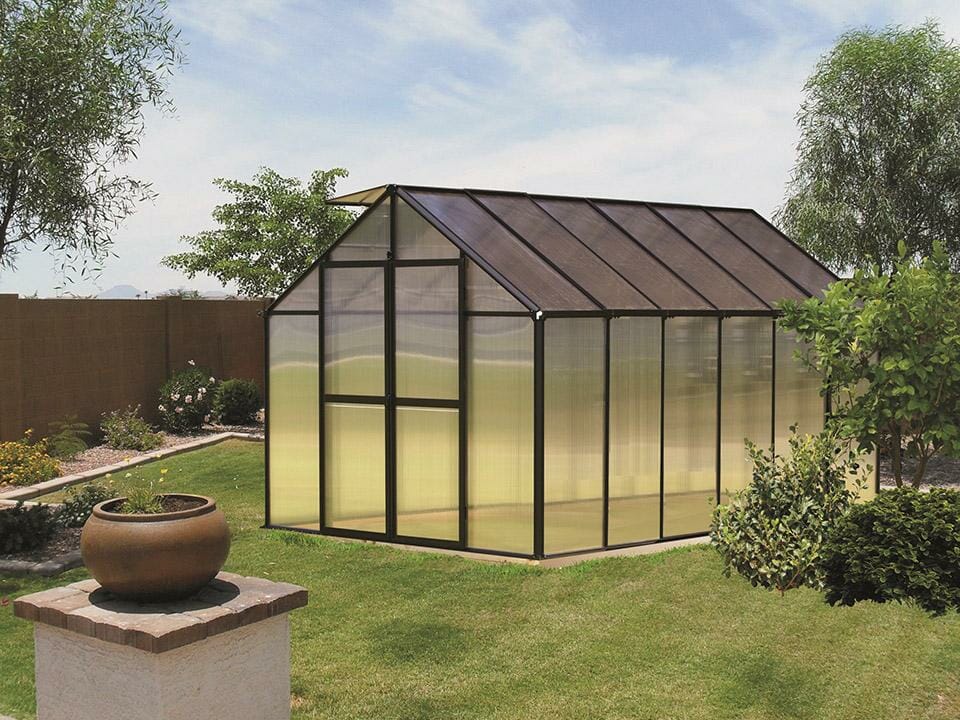
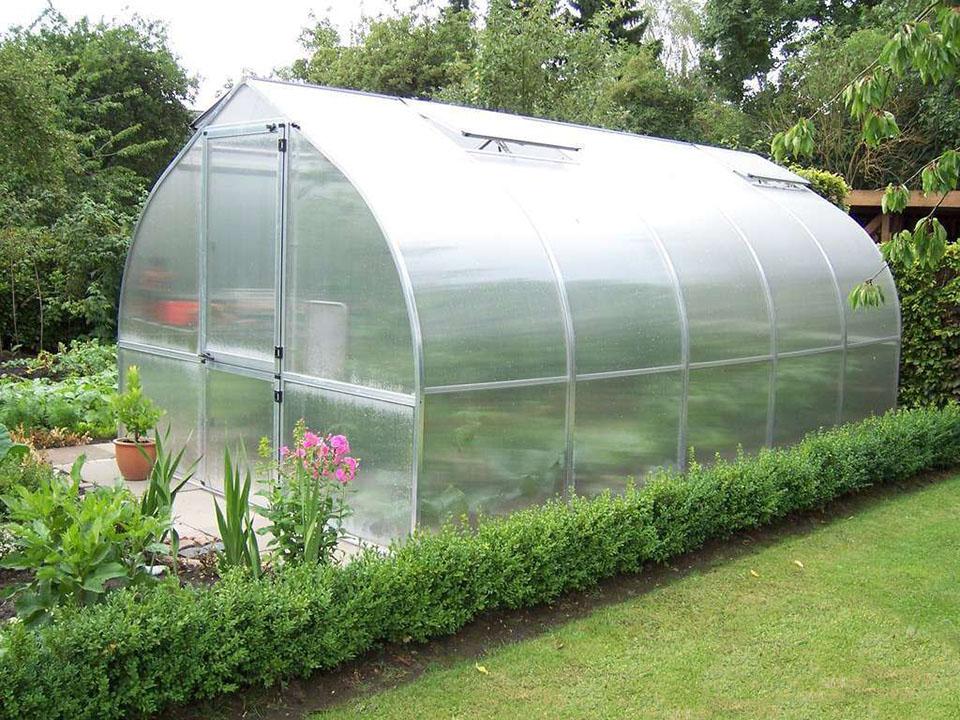
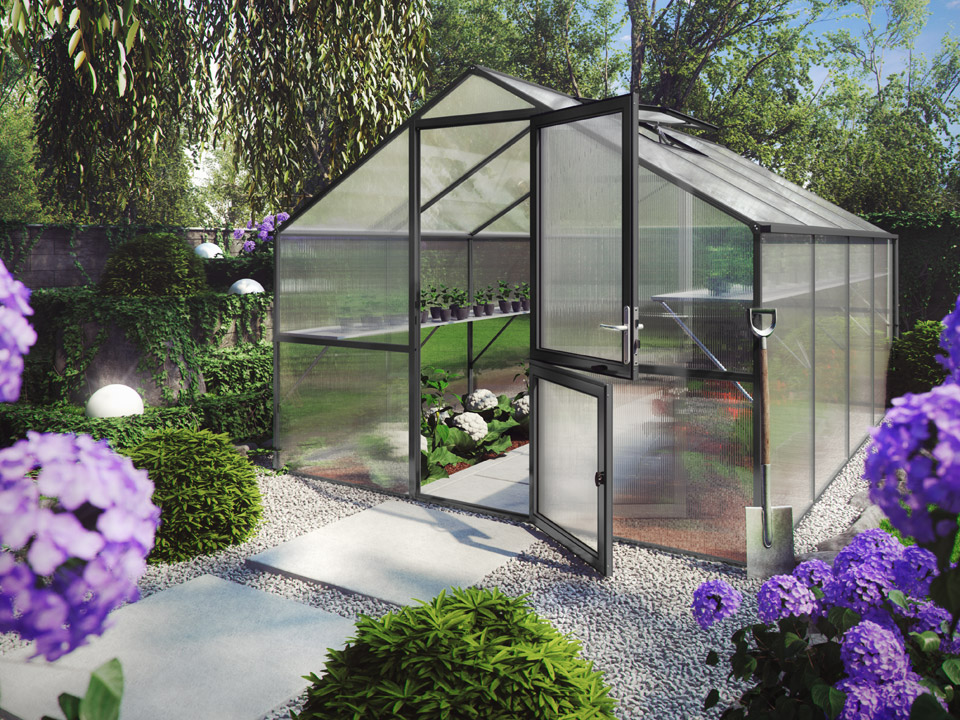
Ultimately, it all comes down to your personal preferences. If the appearance of your greenhouse means a lot to you, glass glazing might be the better option for you. If you’re more particular about creating a favorable environment for your fruits and vegetables, polycarbonate is the way to go. The choice is yours to make!

